In my teens, I wore long velvet skirts, read Che Guevara's 'Motorcycle Diaries' and listened to a lot of Bob Dylan. From that you can probably infer that I'm not the kind of person who generally visits battlefields or has any interest in guns, battle tactics or incomprehensible war lingo.
However, I am a travel writer and I jumped at the chance to visit the D-Day sites in Normandy because whatever you think of war, World War 2 is one of the most important periods in our recent history and D-Day was one of the most significant events of that time. This year saw the 70th anniversary of this incredible moment in history and, after all this time, the places that were pivotal to the D-Day invasion still bear its mark today.
Arriving into Ouistreham port on the overnight ferry from Portsmouth, I was straight into the D-Day story with Sword Beach, one of the British sectors of the landings, right by the terminal. Under the hazy light of dawn, I took an early morning stroll along this stunning expanse of sand with its pretty beach huts and local joggers, finding it hard to imagine what happened here at the same time one morning just over 70 years ago.
All the beaches remember and the Green Beret memorial 'La Flamme' is a striking monument placed in honour of the French Commandos that accompanied the British troops on Sword Beach. The troops landing on this beach were to meet up with the paratroopers who had arrived overnight and taken Pegasus Bridge with the main objective of then taking the city of Caen.
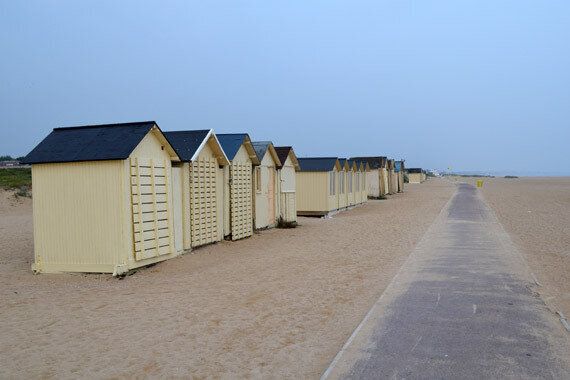
© Brittany Ferries, Tony Butcher
At the Pegasus Memorial, the original Pegasus Bridge has been preserved - the famous bridge that was taken by the paratroopers of the 6th British Airborne Division on the night of 5-6 June 1944, before the seaborne invasion began. The paratroopers arrived by glider and the museum has a full-size replica of a Horsa glider in the park outside, just like the ones that would have dropped the paratroopers that night. The museum exhibits explain all about the airborne invasion that precluded the landings and the men who took part in this dangerous mission that had to succeed for the landings to have any hope of success themselves.
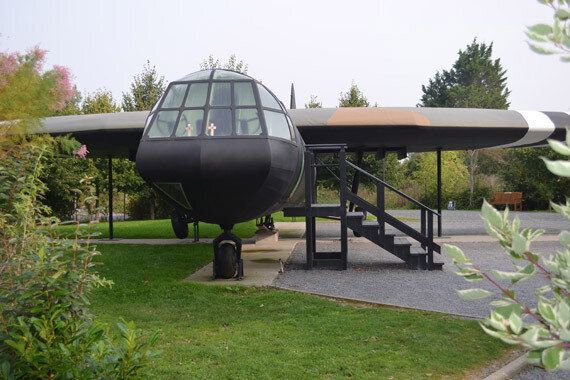
© Brittany Ferries, Tony Butcher
Just on the outskirts of the city that William the Conqueror frequently called home, lies the outstanding Memorial de Caen. A museum built on the values of peace, freedom and understanding, it is a unique experience and one that I can genuinely say, is not to be missed. To really explore everything here you need about half a day but it is well worth making the time for a visit.
From the rise of the Third Reich to the end of the Cold War, you get an intensely researched global overview of the war and its effects on society. Street reconstructions, archive films and photos, and a huge number of original artefacts give you a remarkable sense of time and place. And, the exhibits are in both French and English, so you don't miss anything in translation. End your visit with a walk in the beautiful memorial gardens where you can enter a new exhibit in the restored command bunker on which the museum is built.
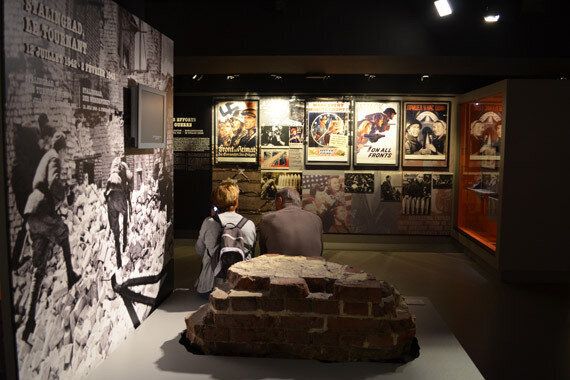
© Brittany Ferries, Tony Butcher
You'll discover a smaller but no less important story at the Juno Beach Centre in the Canadian sector, a distinct museum on the D-Day circuit with its friendly, familial feel. Created by the Canadian WW2 veterans themselves as a non-profit organisation, it is not just focused on D-Day and the Battle of Normandy but looks at the history of Canada itself leading up to and during the war. It's also a great museum for kids with lots of information and activities specifically for children. As it is situated right beside Juno Beach, the museum also offers tours of Juno Park where one of the German bunkers has been preserved.
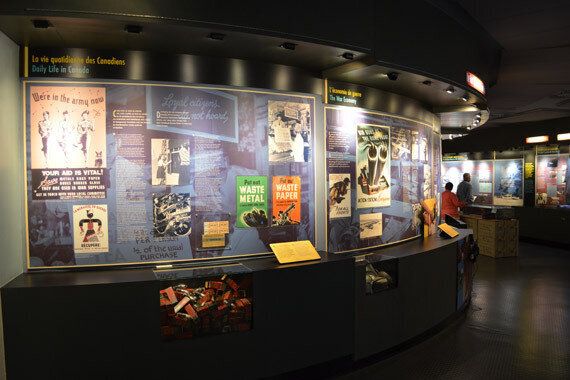
© Brittany Ferries, Tony Butcher
At the end of the day, I visited the Arromanches 360, a circular cinema of 9 screens where footage from many previously unseen archives plays simultaneously. The film, 'Normandy's 100 days' is 19 minutes long and is an extraordinary immersive experience telling the story of D-Day and the Battle of Normandy that followed. When all the screens show troops in the water making their way to the beaches, you feel palpably like you are stranded in the sea with them.
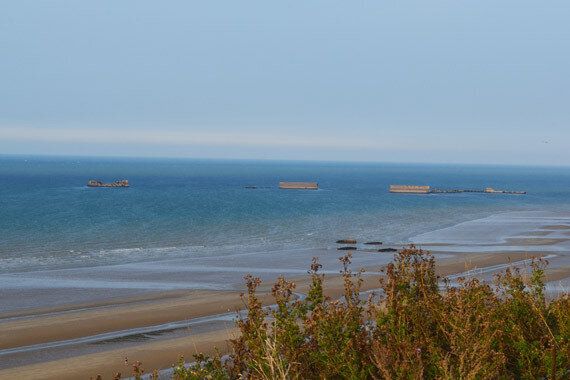
© Brittany Ferries, Tony Butcher
Located above the beach, the view from the cinema is spectacular, taking in the town of Arromanches and the British sector of Gold Beach where the two Mulberry harbours, built to land Allied ships after the success of D-Day, stand out amongst the waves. It seemed like such a relaxing view after all the action of the film inside the cinema until I realised that this was one of the stages where it happened.
I tried not to think about bobbing around in that emerald sea with a waterlogged backpack trying to pull me down, bullets whizzing through the water as I move towards the beach. But they were hard thoughts to push out.
In my next post, I'll write about my visit to the American sector so check back soon.
For more information about the D-Day sites, visit www.normandy-tourism.org and www.calvados-tourisme.co.uk.